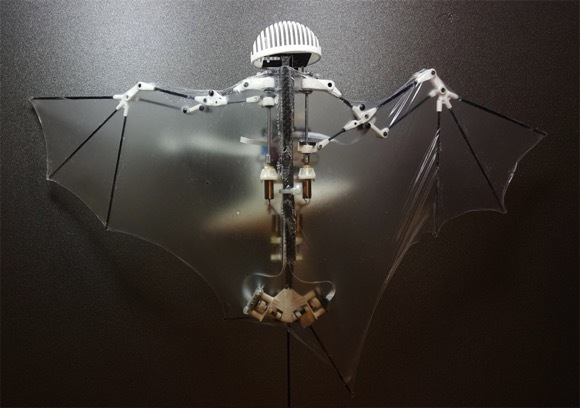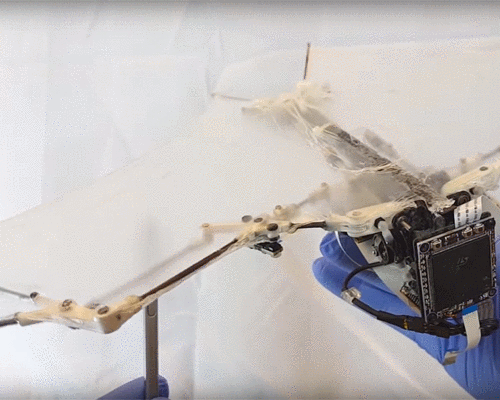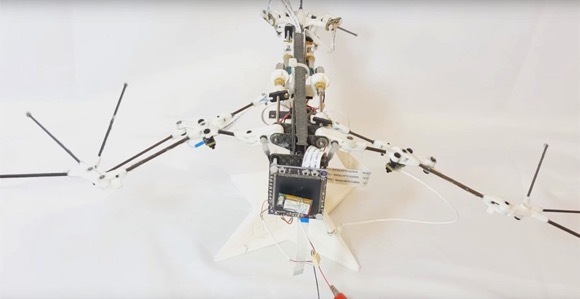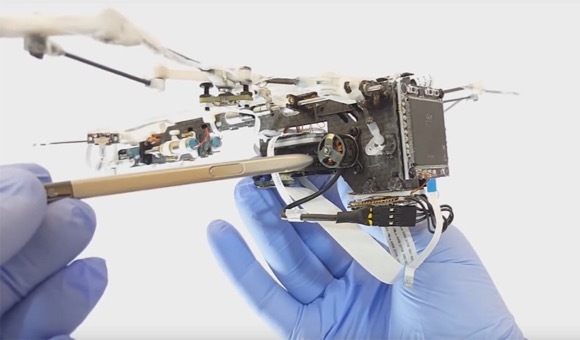Technology Trends The California Institute of Technology (California Institute of Technology) has developed a Bat Bot (B2), a bionic bat robot. Its shape and flight behavior are very similar to that of a real bat. It can be automatically launched and the research results will be in the "Scientific Robot." (Science Robotics) published in the magazine.
Bionic bat has complex flaps and weighs only 93 grams. It is a fully self-controlled robot equipped with multiple sensors and a processor to help it self-locate during flight and to determine the elbows and buttocks. The relative position to the joint. Instead of installing actuators for each joint of the Bat Bot B2, the researchers only installed brakes on the wing joints, making the body thinner and lighter.
Studying bat flight is a very interesting topic. Researchers believe that in an environment where humans and robots must coexist, if flying robots have soft, flexible wings and can suddenly turn, hover or make small turns in the air, they will be safer. Moreover, such flying robots can also perform search and rescue missions more efficiently in a complex environment.
Sodium Dichloroisocyanurate (SDIC) widely applied for the sterilization of swimming pool and drinking water, or fighting against infectious diseases, or act as disinfectant in raising silkworm, livestock, poultry and fish. Other applications of SDIC are found in wool shrinkage, textile bleaching, and industrial circulating water cleaning. SDIC is normally supplied in powder and granular, tablets are also available on request. Stabilised chlorine granular (dichlor) are used very widely to chlorinate swimming pool water. The product has high efficiency and constant performance and has no harm to human beings.
SDIC
Sodium Dichloroisocyanurate,Sodium Dichloroisocyanurate SDIC,Sodium Dichloroisocyanurate Dihydrate,SDIC For Water Treatment
Yucheng Jinhe Industrial Co.,Ltd , https://www.jinhetec.com




